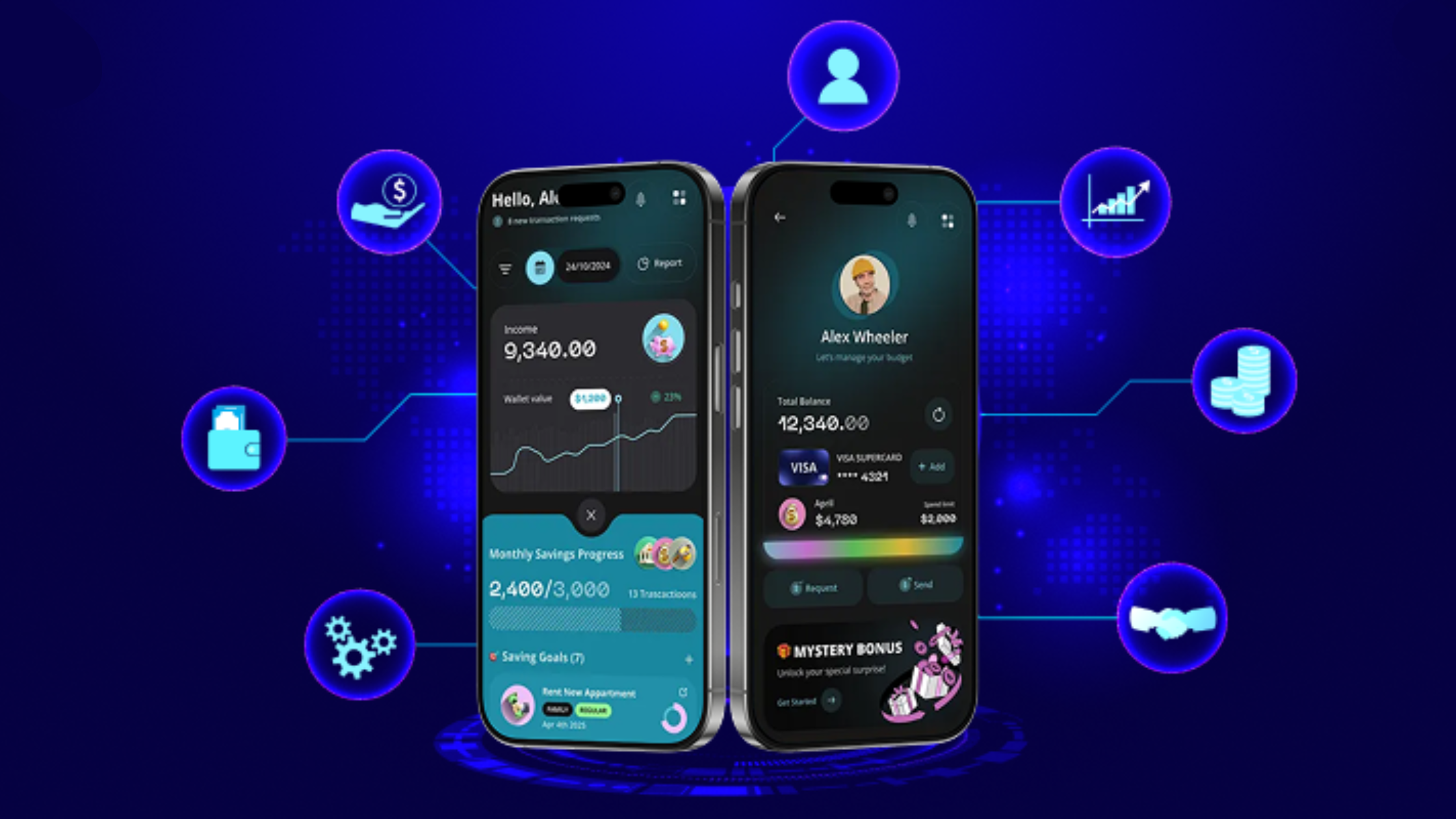In today’s competitive business landscape, delivering exceptional customer service is no longer just an option—it’s a necessity. Two critical components that can significantly impact the quality of customer service are Quality Assurance (QA) and Workforce Management (WFM). When these two elements are effectively combined, they can create a powerful synergy that elevates customer service to magical levels. Let’s explore how this combination works and why it’s so crucial for businesses aiming to excel in customer satisfaction.
Understanding Quality Assurance in Customer Service
Quality Assurance in customer service refers to the systematic process of monitoring, evaluating, and improving the quality of interactions between service representatives and customers. It involves:
1. Setting clear standards and expectations for customer interactions
2. Regularly monitoring and evaluating customer service performance
3. Providing feedback and coaching to service representatives
4. Identifying areas for improvement in processes and training
The Role of Workforce Management
Workforce Management, on the other hand, focuses on optimizing the deployment and productivity of the customer service team. Key aspects include:
1. Forecasting customer service demand
2. Scheduling staff to meet anticipated demand
3. Tracking real-time adherence to schedules
4. Managing time-off requests and absences
5. Analyzing performance metrics to improve efficiency
The Magic of Integration
When QA and WFM are integrated, they create a powerful system that can dramatically improve customer service. Here’s how:
1. Data-Driven Insights
QA processes generate valuable data about the quality of customer interactions. When this data is combined with WFM metrics like handle times, first-call resolution rates, and customer satisfaction scores, it provides a comprehensive view of performance. This integrated data can reveal insights such as:
– Peak times when quality tends to slip, indicating a need for additional staff or support
– Correlation between schedule adherence and quality scores
– Impact of training initiatives on both quality and efficiency metrics
These insights allow managers to make informed decisions about staffing, training, and process improvements.
2. Personalized Coaching and Development
WFM data can identify when agents have available time for coaching and training. By combining this with QA insights about each agent’s strengths and areas for improvement, managers can deliver personalized, timely coaching sessions. This targeted approach ensures that training efforts are both efficient and effective.
3. Optimized Scheduling
QA data can inform WFM scheduling decisions. For example, if certain types of customer interactions consistently score lower in quality, WFM can ensure that the most skilled agents are scheduled during peak times for these interactions. This strategic scheduling can significantly improve overall service quality.
4. Improved Forecasting
QA trends can enhance WFM forecasting accuracy. For instance, if QA data shows that certain promotional campaigns lead to more complex customer inquiries, WFM can adjust staffing forecasts accordingly, ensuring adequate coverage during these periods.
5. Enhanced Performance Management
Integrating QA and WFM metrics provides a more holistic view of agent performance. This comprehensive perspective allows for fairer evaluations and more effective performance improvement plans. It also helps in identifying top performers who can be leveraged for peer coaching or considered for advancement opportunities.
6. Real-Time Quality Management
WFM systems often include real-time adherence monitoring. When integrated with QA processes, this can enable real-time quality management. For example, if an agent is struggling with a particular type of interaction, a supervisor can be automatically alerted to provide immediate support.
7. Improved Employee Engagement
When agents see that their schedules are optimized not just for efficiency but also for quality improvement (e.g., built-in time for training and coaching), it can boost morale and engagement. This, in turn, often leads to better customer service.
8. Streamlined Root Cause Analysis
When quality issues arise, having integrated QA and WFM data makes it easier to identify root causes. Is the problem due to inadequate training, poor scheduling, or process inefficiencies? The combined data provides a clearer picture, enabling more effective problem-solving.
9. Enhanced Customer Journey Mapping
Understanding the customer journey is crucial for delivering exceptional service. WFM data provides insights into touchpoints and volumes, while QA data offers qualitative information about the nature of these interactions. Together, they create a more comprehensive map of the customer journey, highlighting areas for improvement.
10. Continuous Improvement Culture
The integration of QA and WFM fosters a culture of continuous improvement. Regular analysis of the combined data encourages ongoing refinement of processes, training programs, and scheduling strategies.
Implementing the Integration
To successfully integrate QA and WFM for magical customer service results, consider the following steps:
1. Align Goals: Ensure that QA and WFM teams understand each other’s objectives and how they contribute to overall customer service goals.
2. Integrate Systems: Invest in technology that allows for seamless data sharing between QA and WFM systems.
3. Cross-Train Teams: Ensure that QA and WFM teams understand each other’s roles and how their work intersects.
4. Develop Integrated Reporting: Create reports that combine QA and WFM metrics to provide a holistic view of performance.
5. Encourage Collaboration: Foster regular communication and collaboration between QA and WFM teams.
6. Involve Agents: Ensure that frontline agents understand how QA and WFM work together to support their success.
7. Regularly Review and Adjust: Continuously analyze the integrated data and be willing to adjust processes as needed.
Conclusion
The integration of Quality Assurance and Workforce Management is not just a nice-to-have—it’s a powerful strategy that can transform customer service operations. By combining these two crucial functions, businesses can create a synergy that leads to more efficient operations, more engaged employees, and ultimately, happier customers.
This integration allows for data-driven decision-making, personalized coaching, optimized scheduling, and a host of other benefits that collectively elevate the customer service experience. It enables businesses to not just meet customer expectations, but to exceed them consistently, creating those magical moments that turn customers into loyal advocates.
In today’s customer-centric business environment, the companies that will thrive are those that can deliver exceptional service efficiently and consistently. By harnessing the combined power of QA and WFM, businesses can do just that, creating customer service magic that sets them apart from the competition.







